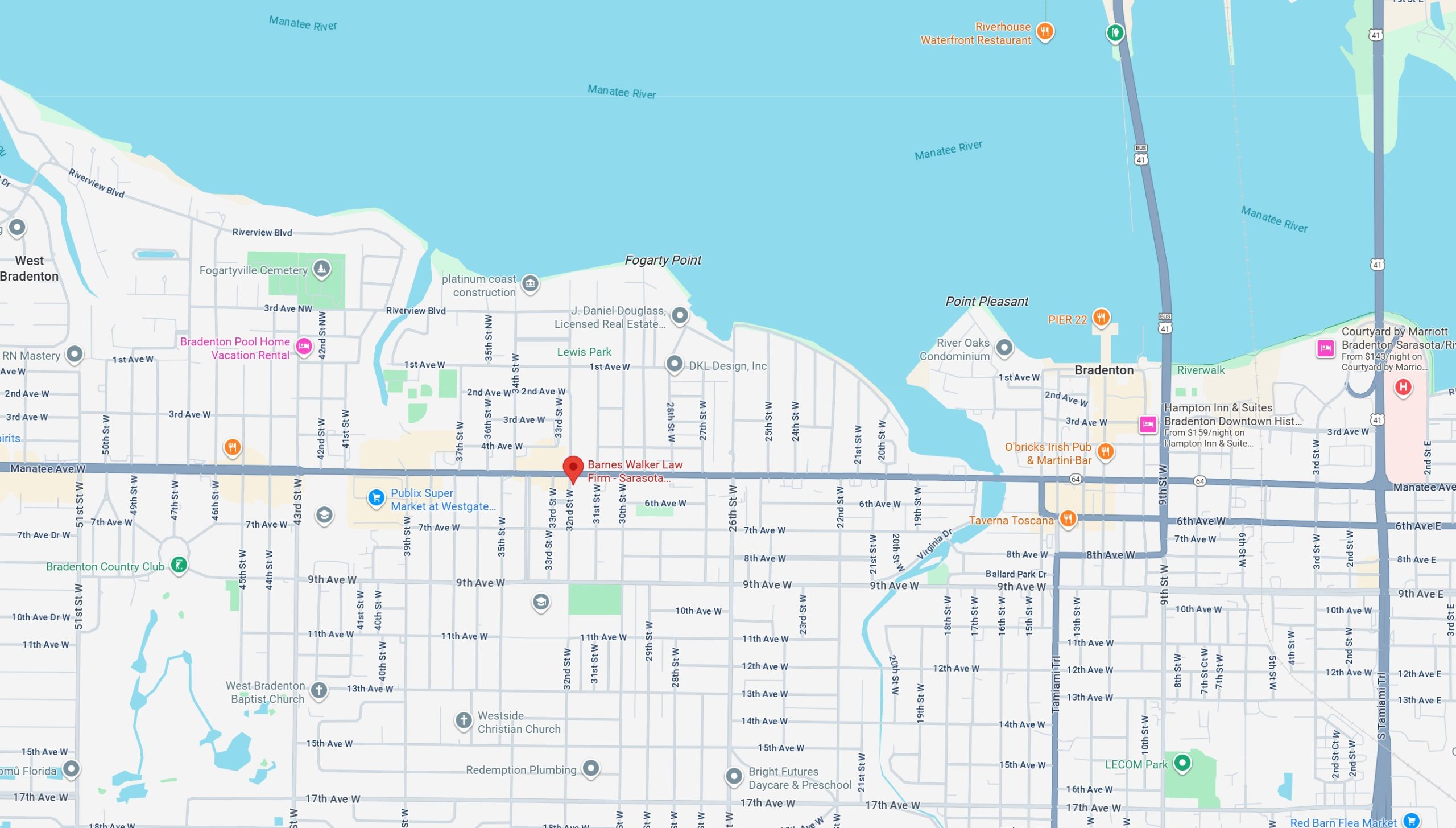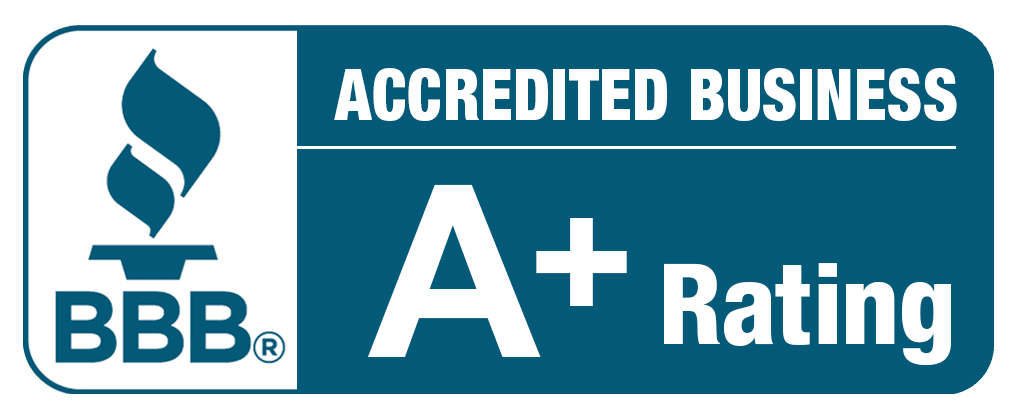So, you as a landowner, or as a Realtor® representing a landowner, wish to sell a portion of your property. That is easy and profitable, right? Profitable, usually. Easy, not so much (even if no sale is involved, such as when a property is divided among family members). Here’s what you need to know.
A. A Land Appraiser or a Realtor® Is Needed.
If profit is the goal, the landowner should first seek out the services of a land appraiser or Realtor® to ensure that dividing the property up into smaller parcels in the way the landowner envisions will actually be profitable. For the division of the property to be profitable, the smaller parcels have to be properly valued and priced. Who should a landowner choose? A land appraiser values the land based upon properties that have sold in the past, and his or her appraisal is the formal valuation of land that mortgage lenders, probate estates, and the IRS prefer. Compared to an appraiser, a Realtor® watches what is happening with prices for the types of property that are selling, with a focus on pricing for the present and the future. If property prices are increasing or decreasing, a Realtor® is important to use because they are typically following the market trends and should know what is selling and for how much. Finally, a Realtor® can assist you in obtaining buyers, contracting with them, and completing the sale of the parcels. If the property is being divided for family reasons, an appraiser or Realtor® may not be needed unless the division of the land is unfriendly.
B. A Surveyor Is Required.
To split a larger piece of land into smaller parts and sell or otherwise convey them to another party, a legal description for each of the parcels is needed for the deed that will convey them. A surveyor is the expert for preparing the legal description. A legal description is a written description of the boundaries of the parcel and also describes exactly where in the entire world the parcel is located. The surveyor will also prepare an accompanying survey drawing and will stake the actual boundaries on the ground to depict each smaller parcel and its relationship to the balance of the land. The survey helps both the current owner and the recipients of the smaller parcels know exactly where the boundaries are for the various parcels.
C. Prerequisites.
Before you retain an appraiser, Realtor®, or surveyor, however, you need to consult with a land planner. Land planners can be engineers, surveyors, attorneys, or former members of a city or county zoning and land development department who now represent private parties. Why is “land planning” required?
1. Access and Other Rights.
In dividing up a larger property, some of the parcels may not adjoin a public right of way (a road). Access to a public right of way is important, of course, because one cannot legally drive over the private property of another person without some legal right to do so. If one or more smaller parcels of a larger property do not adjoin a public right of way (and are not part of a platted subdivision), an easement must be given over the parcels lying between the non-adjoining parcel and the public right of way.
An easement is the right of a nonlandowner to use a specific portion of a landowner’s property for a specific purpose. The landowner continues to own the land over which the easement runs and can use it for all purposes as long as the uses do not interfere with the purpose of the easement. In the case of access easements, which are also referred to as ingress (for entering) and egress (for exiting) easements, the specific purpose is, of course, access for a parcel not adjoining a public right of way.
Should an access easement have no other purpose than the use by motor vehicles for entering or exiting a property? No, an access easement should also include pedestrian rights so that the owner of the small parcel can walk down the easement, for example, to the mailbox. Once a person buys a non-adjoining parcel, they typically want to build a home or other structure on it, which then requires electrical, telephone, water, sewer, and cable services. Thus, the easement should include these uses in its purpose.
Easement documents should be prepared by attorneys, because there are other issues. For example, if both the easement holder and the landowner use the area of the easement, who pays to maintain and repair it? Also, like deeds, easements require legal descriptions prepared by surveyors. For a more detailed discussion on easements, see our article, Easements: Everything You Didn’t Want to Know, But Should Know, which can be found on our website.
2. Zoning.
Most cities and counties in the country have zoning and land development codes and departments. Zoning and land development codes describe how land throughout the city or county is actually used and how it is to be used in the future. Uses that are regulated include agricultural, single and multi-family residential, manufacturing and mining, commercial, professional, and public service uses. These codes also place requirements on parcel and lot sizes, the size and height of buildings, building setbacks from roadways, minimum numbers of trees and landscaping, the size and height of structures, environmental limitations, noise, traffic, etc.
As just one example of zoning requirements, residential parcels in many agricultural areas of Manatee County must have five acres or more and two hundred feet of road frontage. If a landowner wishes to divide a property up into smaller lots, typically the city or county requires them to go through a long and costly subdivision process, requiring the landowner to set aside part of the property for roads, utilities, parks, landscape buffers, and police, ambulance, and fire stations.
Zoning requirements could prevent the buyer of a parcel from using the parcel as intended, and possibly even prohibit the building of any occupied structures on the parcel. A landowner who sells such noncompliant parcels could be sued by his or her buyers. Therefore, zoning requirements should be either met or the zoning changed or variances permitted before a landowner divides up and sells his or her property.
3. Wetlands and Protected Land Species.
Florida has five governmental water management districts, which ensure an adequate supply of water, protect water quality, and provide flood protection. Not only do the water management districts have authority over Florida’s rivers and lakes, but also over wetlands on private property, which typically cannot be disturbed. Wetlands include ponds, swamps, marshes, and even land which is dry during parts of the year, but is swampy or marshy during the remainder of the year. Their key importance is that they allow rain to soak into the ground, which filters the water, and resupplies Florida’s aquifers.
Therefore, a landowner should have a land planner determine if there are any wetlands on the property which cannot be built upon. Often, properties with wetlands can still be developed – they are simply divided up in such a way that every parcel has some dry land upon which to build. Wetlands often are actually an advantage to a development, because, in addition to their benefit to the water supply, they are often surrounded by trees and vegetation, and can thus act as landscape buffers and provide attractive views for lots and homes, while creating privacy and attracting wildlife.
There are also prohibitions against development of lands where eagles, gopher tortoises, scrub jays, burrowing owls, and many other protected species live. These animals may not be removed from the property without permission from the Florida Fish and Wildlife Conservation Commission, which may not be granted. Therefore, land should be inspected for these protected species.
D. If One Does Not Heed, One Does Not Succeed.
Landowners who sell property, which is not properly divided, leaving parcels with no access or utilities, without the proper zoning, covered with wetlands, or are otherwise not eligible for building permits, run the risk of having to defend and then lose costly and time-consuming lawsuits, which will quickly consume all of their profits. Realtors® are also liable if they know or should have known of these defects, because they, like their sellers, have a duty to disclose defects that materially and adversely affect the value of residential property if the defect is not readily observable and not disclosed. Buyers who purchase such parcels will seek reimbursement for their monies paid and damages, through the courts if necessary, from both their sellers and their Realtors®. In addition, most real estate contracts require the seller, if the seller loses the lawsuit, to pay the buyer’s attorney’s fees and costs. Even if the seller is willing to address the issues, these matters can be quite time-consuming, expensive, and difficult to correct.
E. Conclusion.
We hope this article has provided you with useful information regarding the division of land into smaller parcels, what should be considered in doing so, and the consequences of not so doing.
If you have any questions regarding land division, please do not hesitate to call us at 741-8224 or e-mail us (just use the first letter of an attorney’s first name followed by his or her last name@ BarnesWalker.com).
With warm regards,
Barnes Walker
Important Note to Realtors® (and others who may access or request this article): The information contained in the preceding Barnes Walker Educational Series article is summary in nature, does not cover all aspects of the law and regulations as they pertain to land division, and is sent for educational purposes only to you upon request, by your internet search, or as a member of the Realtor® Association of Sarasota and Manatee, Inc., of which we are a proud affiliate member. This article should not be considered as legal advice for your or your client’s situation, if any, nor is it intended as specific or detailed advice, as we do not have any information specific to you or your client’s circumstances. Further, the preceding article is not intended to be an all-inclusive discussion of land division, the risks, problems, and issues involved, but a guide to the same, and there may be other matters not described in the article that may arise or impact you or your client’s particular situation. Therefore, always seek legal advice regarding you or your client’s unique circumstances. Finally, this article is intended as a public service and is not a solicitation seeking legal employment of our firm by you or your clients.
Trust • Experience • Results
Ready to Get Started?
Get started with Barnes Walker today.










